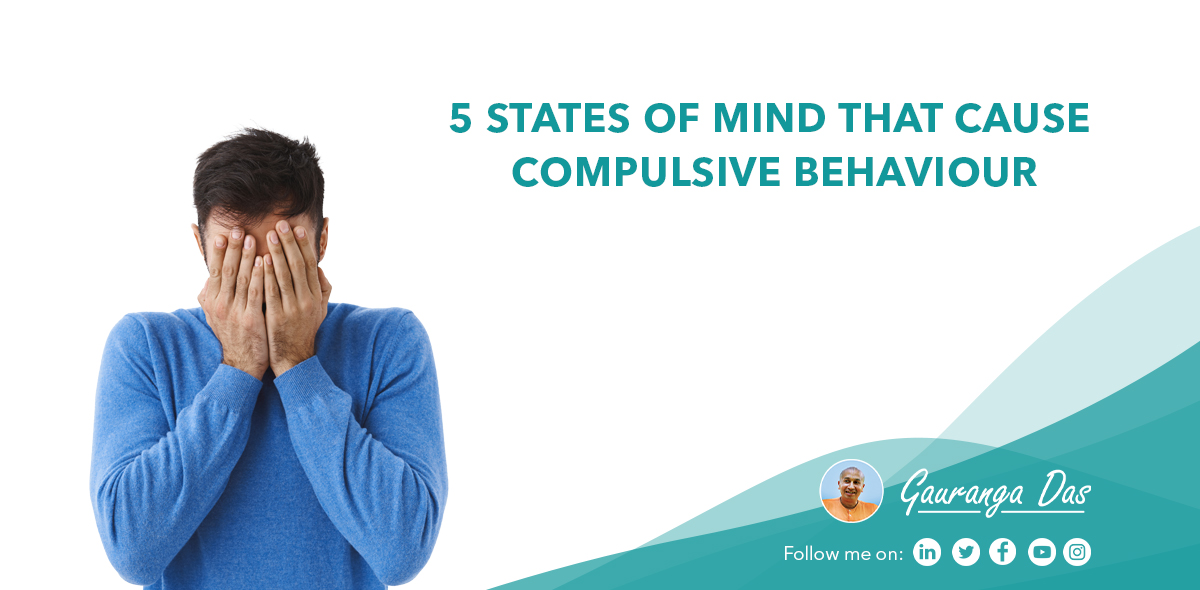From Patanjali’s popular Yoga Sutra
According to Sage Patanjali, disturbances are like the wind that blows over the Chitta or consciousness. When the wind blows over the ocean of Chitta, then the waves are created. So, these disturbances result in five mental states or vrttis. All of us somehow fall under one of these five mental states at any given point in time.
Praman – receiving the proper knowledge
Praman is how one obtains the right kind of knowledge either through direct experience, hypothetical reasoning or through revealed scriptures and authorities which are majorly categorised as shabda, anumana and pratyaksha.
Most often, our minds acquire loads of information and knowledge through inferences, perception, experience, and authorised means. The right kind of knowledge allows one to see things as they are without filters of prejudices. When acquired, it brings one to the level of sobriety.
2) Viparyay – Error
When someone drinks alcohol, he starts seeing two moons in the sky and declares that he would research and publish papers on astronomy. Such a distorted state of mind allows for faulty information to pierce through our objective sense of reality. Therefore, often we perceive information as we want them to be rather than for what they are. So, there are times when our mental state is bound to err. This state is called viparya.
3) Vikalpa – imagination
Imagination means something that appears to be ordinary, while colloquially referred to but it is not the truth. For example, we say that the sun rises and sets. There is no problem with it. But the actual truth is, the sun neither rises nor sets. Sometimes, we say “Time flies.” does that mean, time grew wings and has suddenly started flying? All these falls under the category of vikalpa or imagination where a certain concept is referred to only for social dialogue but in reality, doesn’t represent anything factual.
4) Nidra – Deep Sleep state
The fourth mental state is Nidra. Everyone is familiar with this. Perhaps, one of the most loved and sought mental states is deep sleep. When Tamo guna or mode of ignorance fully overwhelms the intelligence or buddhi, then we dive into a deep sleep. When rajo guna or mode of passion mixes with this mode of ignorance, then we attain the dreaming state. However, dreaming doesn’t come under vritti or mental state. When there is a touch of sattva guna or mode of goodness, we wake up refreshed. However, when the rajo guna or mode of passion dominates the mode of ignorance in sleep, we wake up restless. If there was only tamo gun in sleep, we wake up sluggish and feel all the more sleepy and lazy. We experience combinations of these every time we drift off to sleep.
5) Smriti – Memory
The fifth and most important mental state of all is memory or remembrance. Sage Patanjali beautifully defines smriti as anubhuta visayam asmaparosa smriti. ‘A sensory experience that doesn’t slip away is called memory.’ This smriti ultimately triggers the raga or attachment (first mental state mentioned above) and then the cycle continues. Memories are a reactivation of imprints of the sense objects one has experienced and recognised in the past. If chitta is like a lake, then memories are like pebbles. To the extent the lake is clear, you can see the pebbles. Retrievabke thoughts come under memory and those which cannot be retrieved fall under the subconscious mind.
Result of 5 mental states: SANSKAR – Imprints
The experiences we go through that we allow to settle in our memory becomes a part of vritti or mental state. There are 5 kleshas or disturbances, that result in 5kinds of vrittis or mental states. These 5 kinds of vrittis influence our consciousness and create imprints which are called sanskar. Sanskar is nothing but imprints which are like personality traits, habits and compulsive behaviour a.k.a addictions. However, these imprints are not easily created. There is a huge scientific functionality of the five disturbances and the five mental states that intricately weaves our sanskar.
For example, when someone smokes, the act of smoking is stored as an imprint in the chitta. It becomes a sanskara and then it in return gets activated as desirable memory. Sanskaras provoke the fourth element, which is action or karma. Klesha, Vritti, and Sanskaraa impetus to Karma. This Karma can either be subha auspicious or asubha inauspicious I.e pious or impious. Karma or action is created, and then through that, a chain of actions follow. Every moment we are acting and each one of those actions is creating series of reactions and we are repeatedly responding to those reactions creating further actions. And this goes on.
Soul in Samsara Sagar – Ocean of material actions
The soul cannot be inactive even for a moment. It is inconceivable to calculate the number of actions we perform within 24 hours. Those droplets of action and reaction cumulatively form an ocean by the end of one’s lifespan. That ocean of action and reaction is thus called samsara sagar. Samsara sagar is a reservoir of infinite voluminous reactions we created and is such that it cannot be experienced all at once within one lifetime. The debt is so huge that we cannot repay it in one lifetime. So, we tea birth again and again. Then, as we proceed to live the next life, we again get affected by five kleshas, which result in five mental states, then the samsara is formed and karma is created. To experience the reactions of karma, we again take birth in this material world.
Thus we have to realise the strength of our impressions and compulsive behaviour that we adapted to over several lifetimes. However, the process recommended by Patanjali in his writings is to take up to the Yoga practice that brings stillness and steadiness of mind to perform activities with proper consciousness.
On the basis of the highest form of Yoga called Bhakti Yoga, Srila Prabhupada has devised a 5 step solution to the disturbances, mental states and impressions that cause addiction.




